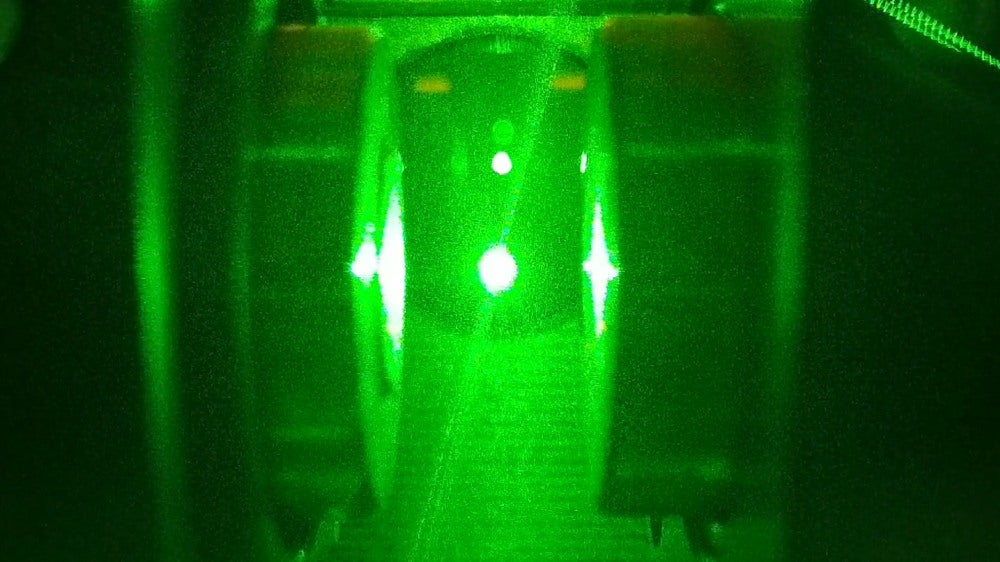A single green laser, a glass bead smaller than a bacterium and a lab in Austria are helping you see lightning in a new way.
Scientists have found a way to watch an object build electric charge in real time, one electron at a time. They did it by…

A single green laser, a glass bead smaller than a bacterium and a lab in Austria are helping you see lightning in a new way.
Scientists have found a way to watch an object build electric charge in real time, one electron at a time. They did it by…